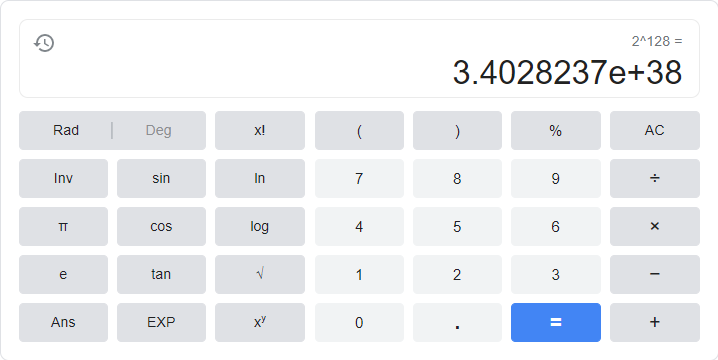|
Check out these additional IPv6 Resources: |
| Our IPv6 overview course at Udemy |
| Our IPv6 Custom Profiles for Wireshark |
| Our IPv6 classes at the Online School |
IPv6 introduces a 128 bit IP address for both source and destination address fields.
This means that, in total, there are 2^128 addresses possible with that many bits.

As shown, 2^128 is about 340,282,366,920,938,000,000,000,000,000,000,000,000
[The actual number is shown in the comments below]
I have long contended that I have no idea how to read that number. I usually say something like “a lot”.
But – thanks to one of my students (Thank You Bobby) the answer is now provided:
“Three hundred forty undecillion, two hundred eighty two decillion, three hundred sixty six nonillion, nine hundred twenty octillion, nine hundred thirty eight septillion.”
One word – WOW!
That said, only half of those 128 bits are actually usable as interface or “host” addresses. This means, for most home users, you will be assigned a /64 network address to your house/small business (that means the first 64 bits are the network – controlled by your service provider), and the remaining 64 bits are available for you to use.
2^64 is:

That would be 18 quintillion addresses – and 18 quintillion addresses per /64 subnetwork prefix should be more than enough for all your devices including your Internet of Things devices in your home or business, don’t you think?
Is it enough? Will it be enough? Comment below….
I hope you find this article and its content helpful. Comments are welcomed below. If you would like to see more articles like this, please support us by clicking the patron link where you will receive free bonus access to courses and more, or simply buying us a cup of coffee!, and all comments are welcome!

